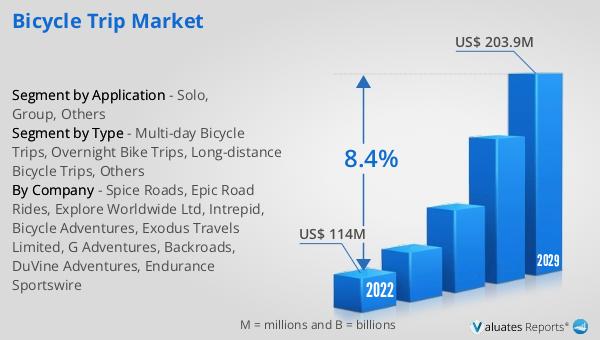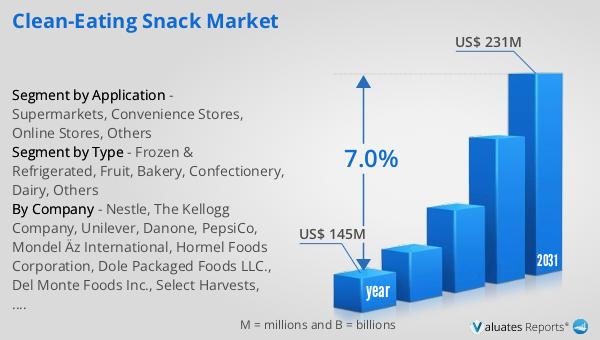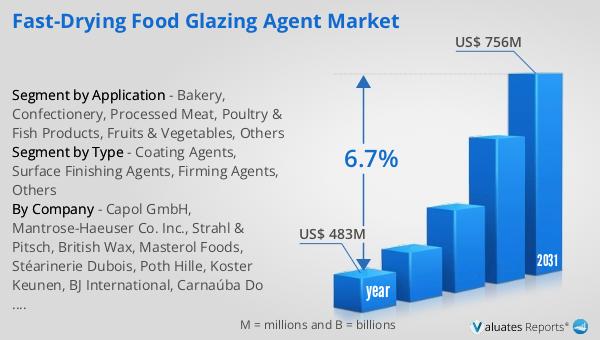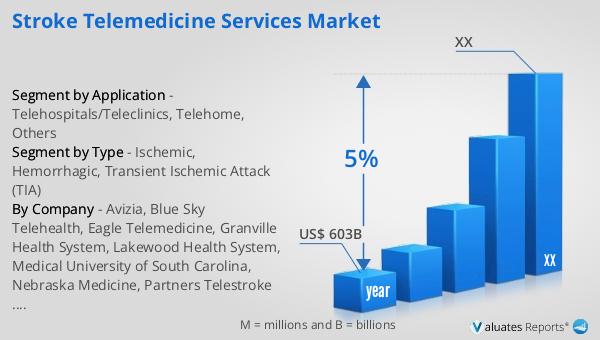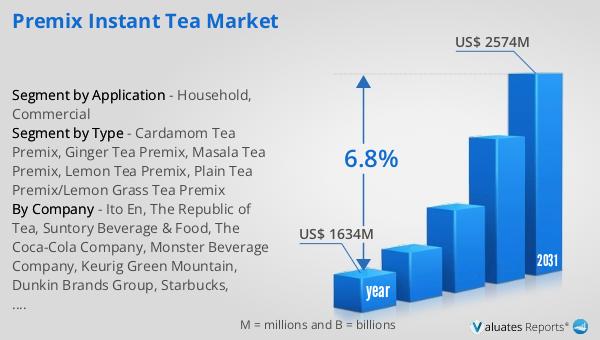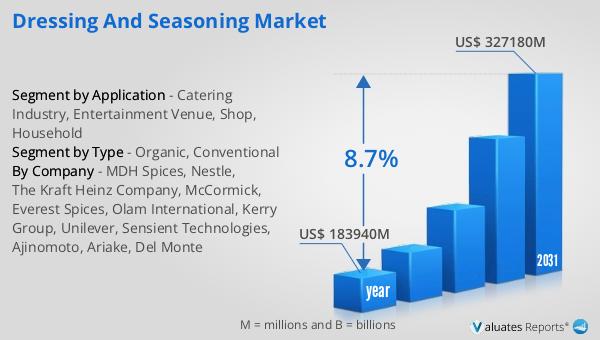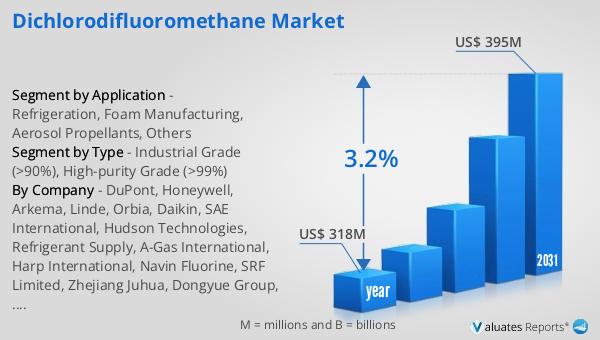What is Global Soilless Technology Market?
The Global Soilless Technology Market refers to the innovative agricultural practice of growing plants without the use of traditional soil. Instead, this method utilizes alternative growing mediums such as water, peat, coconut coir, perlite, and vermiculite, among others. This technology is gaining traction due to its ability to optimize plant growth by providing precise control over nutrients, water, and environmental conditions. It is particularly beneficial in urban areas or regions with poor soil quality, as it allows for efficient use of space and resources. The soilless approach is also environmentally friendly, reducing the need for pesticides and herbicides, and minimizing water usage through recirculation systems. As global populations continue to rise and arable land becomes scarcer, the demand for soilless technology is expected to grow, offering a sustainable solution to food production challenges. This market encompasses various systems and techniques, each tailored to specific plant needs and environmental conditions, making it a versatile and adaptable option for modern agriculture.
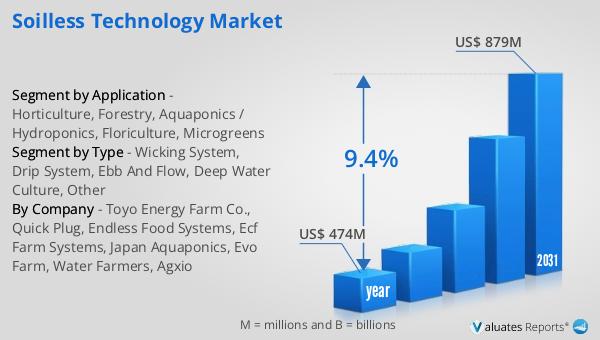
Wicking System, Drip System, Ebb And Flow, Deep Water Culture, Other in the Global Soilless Technology Market:
The Global Soilless Technology Market includes several key systems, each with unique characteristics and applications. The Wicking System is one of the simplest forms of soilless cultivation, where a wick, often made of cotton or nylon, draws nutrient-rich water from a reservoir to the plant roots. This passive system is ideal for small-scale operations and is low-maintenance, making it accessible for beginners. The Drip System, on the other hand, is more advanced and widely used in commercial settings. It involves delivering a precise amount of nutrient solution directly to the plant roots through a network of tubes and emitters. This system is highly efficient, reducing water wastage and ensuring optimal nutrient delivery. The Ebb and Flow system, also known as Flood and Drain, involves periodically flooding the plant roots with nutrient solution and then draining it back into a reservoir. This method promotes oxygenation of the roots and is suitable for a variety of plant types. Deep Water Culture (DWC) is another popular method, where plant roots are suspended in a nutrient-rich water solution, allowing for constant access to nutrients and oxygen. This system is known for its rapid plant growth and is often used for leafy greens and herbs. Other systems in the soilless technology market include Aeroponics, where plant roots are misted with nutrient solution, and Nutrient Film Technique (NFT), which involves a thin film of nutrient solution flowing over the roots. Each of these systems offers distinct advantages and can be tailored to specific crops and growing conditions, making the Global Soilless Technology Market a diverse and dynamic field.
Horticulture, Forestry, Aquaponics / Hydroponics, Floriculture, Microgreens in the Global Soilless Technology Market:
The Global Soilless Technology Market finds extensive application across various sectors, including horticulture, forestry, aquaponics/hydroponics, floriculture, and microgreens. In horticulture, soilless systems are used to cultivate a wide range of fruits and vegetables, offering precise control over growing conditions and enabling year-round production. This is particularly beneficial in urban areas where space is limited, as vertical farming techniques can be employed to maximize yield. In forestry, soilless technology is used for the propagation of tree seedlings, allowing for faster growth and healthier plants. This is crucial for reforestation efforts and the production of timber and other forest products. Aquaponics and hydroponics are closely related fields that combine soilless cultivation with aquaculture, creating a symbiotic environment where fish and plants benefit from each other's presence. This integrated approach is highly sustainable and efficient, making it an attractive option for food production. Floriculture, the cultivation of flowers and ornamental plants, also benefits from soilless technology, as it allows for the production of high-quality blooms with vibrant colors and longer shelf life. Finally, the microgreens industry, which focuses on the cultivation of young vegetable greens, has embraced soilless systems for their ability to produce nutrient-dense crops in a short period. Overall, the Global Soilless Technology Market offers versatile solutions for a wide range of agricultural applications, contributing to sustainable and efficient food production.
Global Soilless Technology Market Outlook:
The global market for soilless technology was valued at $474 million in 2024 and is anticipated to expand significantly, reaching an estimated $879 million by 2031. This growth represents a compound annual growth rate (CAGR) of 9.4% over the forecast period. The increasing demand for sustainable agricultural practices, coupled with the need for efficient food production methods, is driving this market expansion. Soilless technology offers numerous advantages, such as reduced water usage, minimal pesticide application, and the ability to grow crops in urban environments or areas with poor soil quality. These benefits are becoming increasingly important as the global population continues to rise and arable land becomes scarcer. The market's growth is also supported by technological advancements and increased investment in research and development, which are leading to the development of more efficient and cost-effective soilless systems. As awareness of the environmental and economic benefits of soilless technology grows, it is expected to play a crucial role in the future of agriculture, providing sustainable solutions to global food production challenges.
| Report Metric | Details |
| Report Name | Soilless Technology Market |
| Accounted market size in year | US$ 474 million |
| Forecasted market size in 2031 | US$ 879 million |
| CAGR | 9.4% |
| Base Year | year |
| Forecasted years | 2025 - 2031 |
| Segment by Type |
|
| Segment by Application |
|
| By Region |
|
| By Company | Toyo Energy Farm Co., Quick Plug, Endless Food Systems, Ecf Farm Systems, Japan Aquaponics, Evo Farm, Water Farmers, Agxio |
| Forecast units | USD million in value |
| Report coverage | Revenue and volume forecast, company share, competitive landscape, growth factors and trends |
